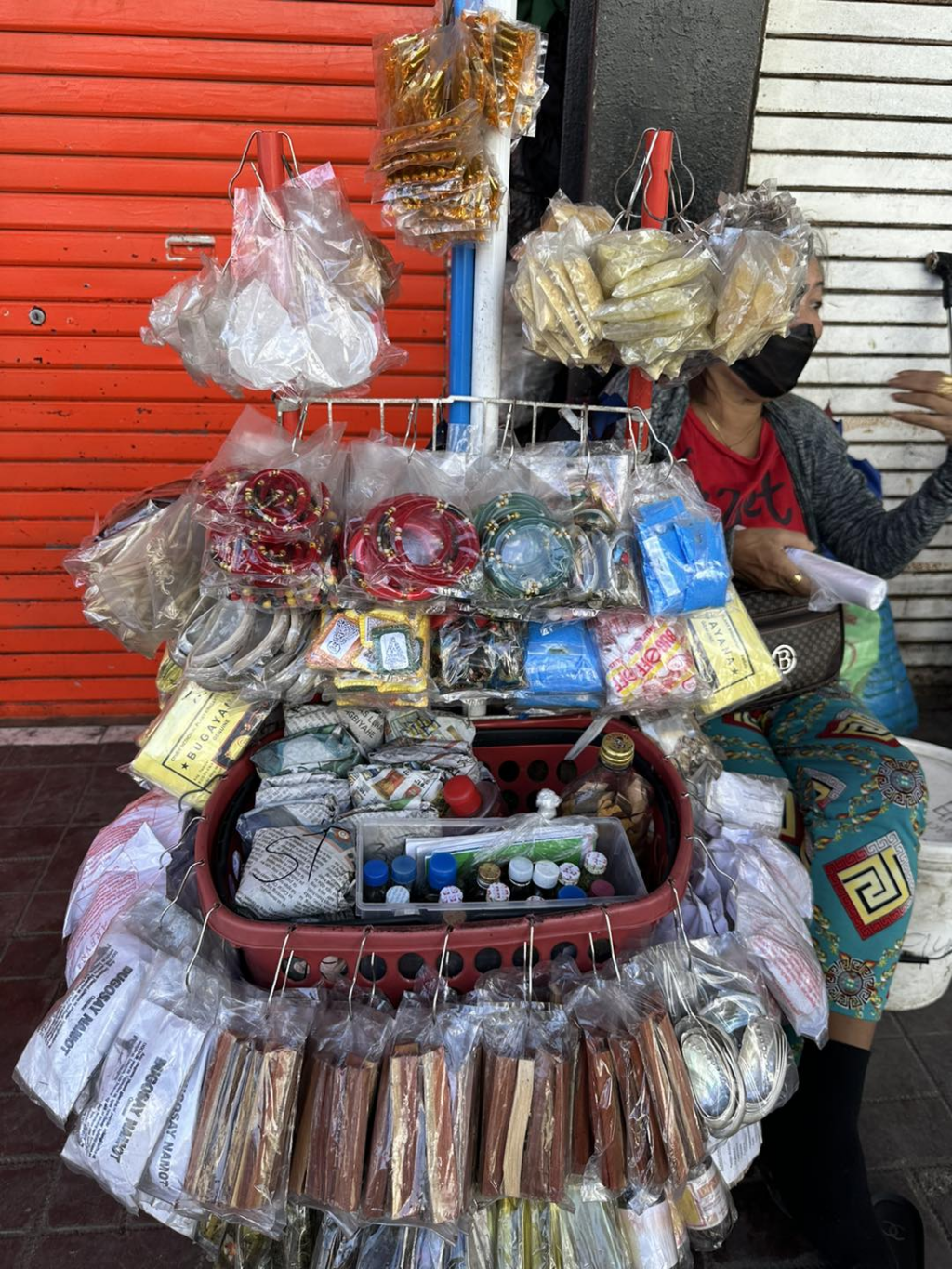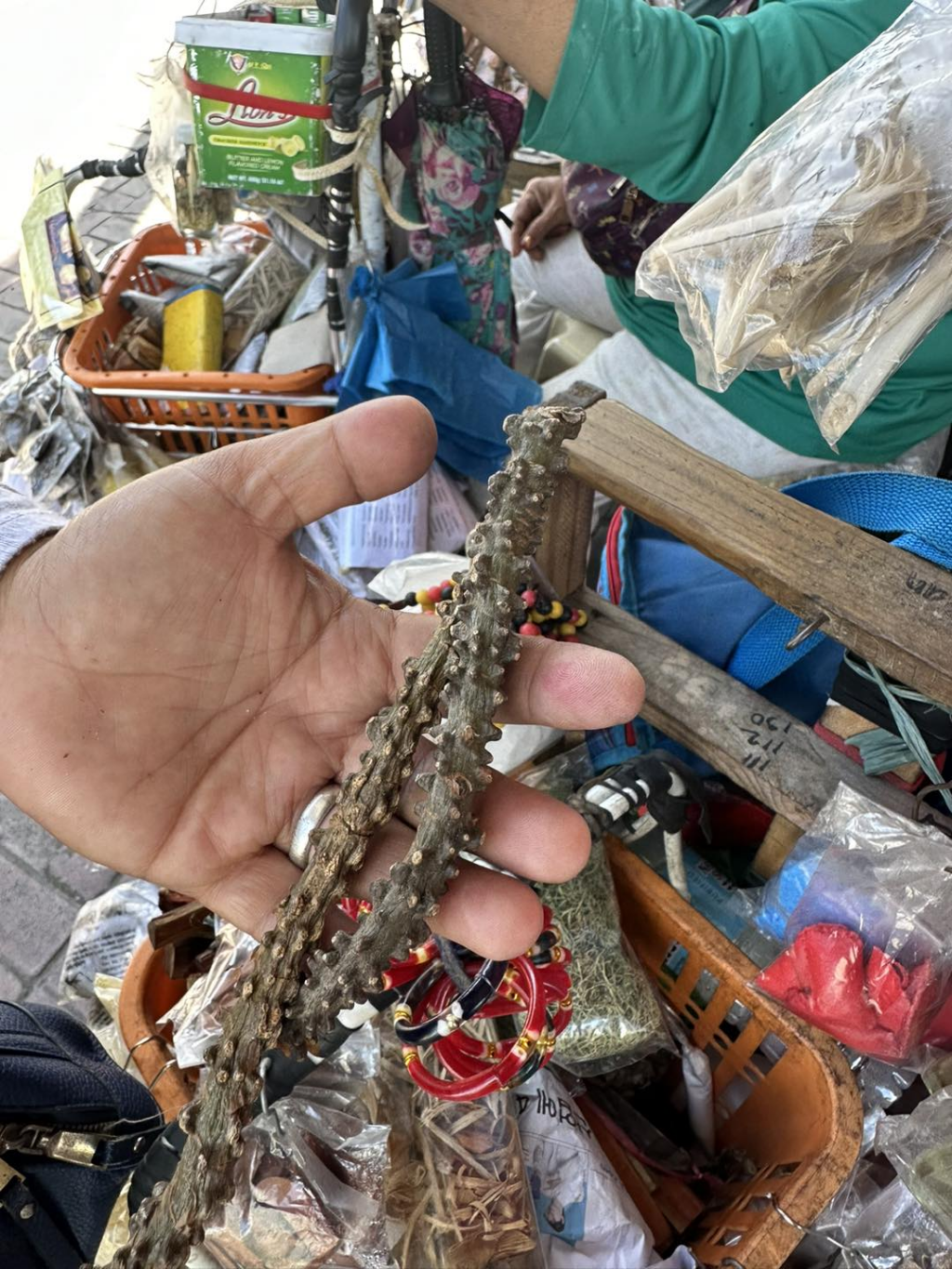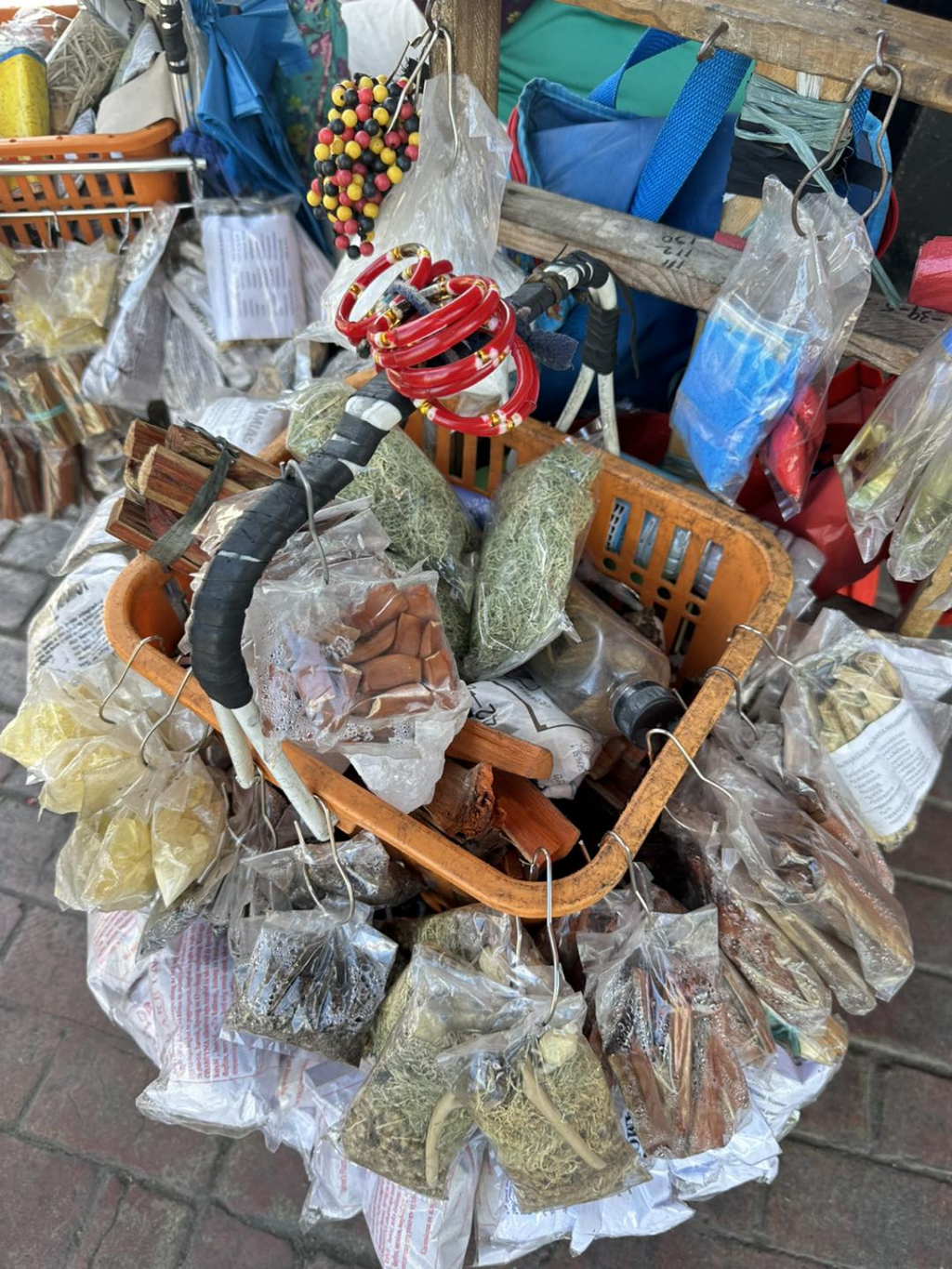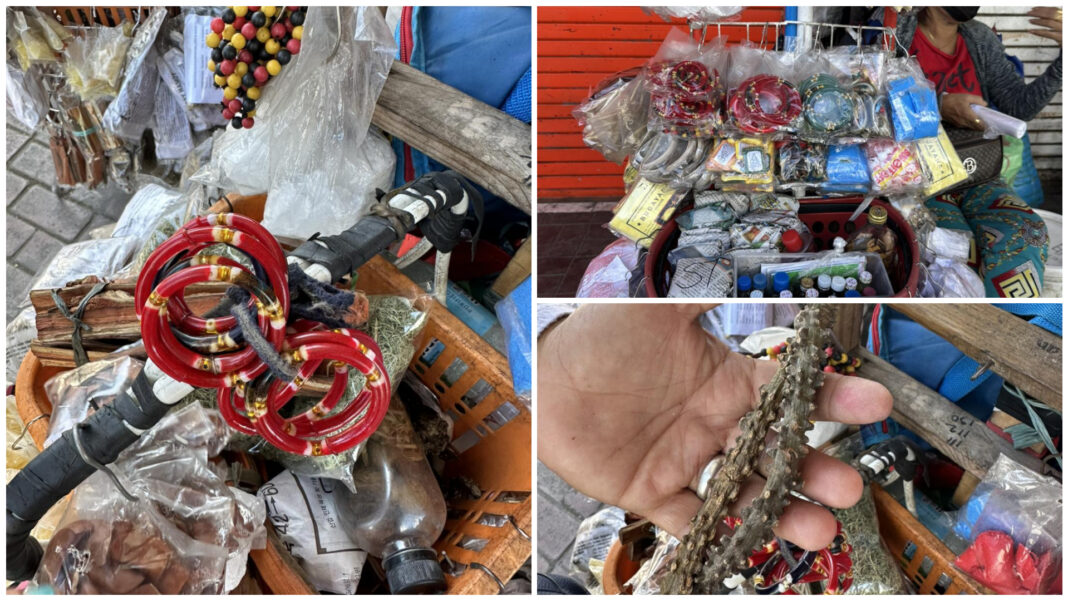Did you know about the Ati community here in Cebu? They’re an indigenous group with a deep cultural history.

The Ati community are considered descendants of the earliest inhabitants of Panay Island, dating back about thirty thousand years. Due to issues like land disputes and environmental changes, many Ati people relocated, with some eventually settling in Cebu.

In Cebu, the Ati are known for their traditional skills, including hunting, fishing and gathering. They also have a strong understanding of ethnomedicine, using natural remedies to treat illnesses. In case you’re wondering what ethnomedicine means, it is a comparative medical study of how different cultures treat illnesses based on their cultural views. It is also defined as the medical beliefs and practices of indigenous cultures.

The Ati traditionally had healers who performed rituals for specific ailments. These are some examples the community’s ethnomedicinal practice:
- They create bracelets known as “panagang” or “kuntra sa buyag” which are believed to protect against negative forces. They are most worn by newborn babies.
- The “hambubukad” known as dried flying lizards which are used to treat asthma.
- The Ati makes a talisman, or “habak”, consisting of various plants, minerals, and other ingredients placed in a small pouch worn around the waist. This amulet is intended to shield the wearer from illness and misfortune.
- According to them, Good Friday is the most powerful day for gathering medicinal plants, as they consider it a holy day that enhances the efficacy of their remedies. The collected plants are prepared and combined back in the community to create various ethnomedicinal products.
- They use palina, a ritual burning of specific plant leaves, branches, or other materials like almaciga resin (kamangyan) combined with tawas, to create a protective smoke. The smoke is used to cleanse and drive away bad luck or evil influences, especially for babies, pregnant women, or houses.
Some of these traditional remedies are sold at Cebu City’s Carbon Market, reflecting the Ati’s cultural influence on local healing practices. Today, around 200 of the Ati population live in the City of Naga Cebu with support from local and national organizations.

Some late Sugboanons are concerned about their small population. Ethnomedicinal knowledge was traditionally passed down through generations, but it’s at risk of being lost due to a lack of interest from younger generations since the Western medicine was introduced. Now that there are scientific facts, these cultural practices are fading away.
How about you? Do you still believe in Ethnomedicine, Sugboanons?

